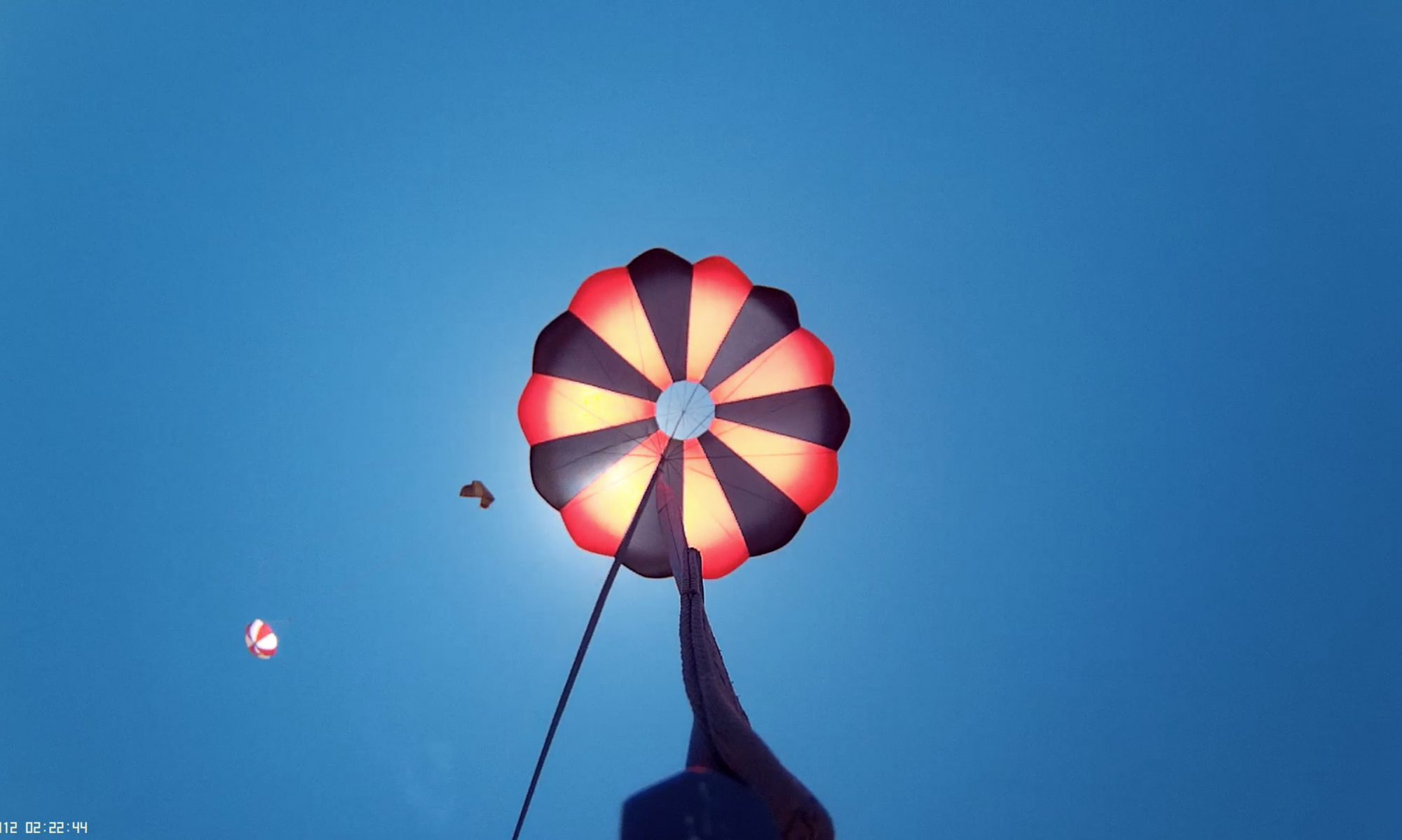The objective of Rocketry’s payload team is to design, build, and fly a payload in the Intercollegiate Rocketry Engineering Competition (IREC) rocket, which follows the guidelines of the IREC and the Space Dynamics Laboratory (SDL) Payload Challenge. According to the guidelines of the SDL Challenge, the payload must perform some form of scientific experiment or technical demonstration. The payload must also be in standard CubeSat form.

The payload team is one of the more unique sub teams, as every year, the team must redesign for new experiments, as well as meet new yearly requirements. Some previous experiments have been vibration dampening, measurement of electrostatic charges during flight, and dampening forces on corn seedlings through various fluids.

This year, the team decided to go in a different direction, now looking more into the team’s future, by flying a vacuum chamber with electronics and other [things] to simulate a high-altitude space-shot flight and to test the survivability of components in these conditions. This will prove critical in upcoming years as the space-shot sub-team looks to develop their vehicle and to hit higher altitudes with their vehicle.

Along with the experiment, the team has also been developing a new telemetry software to transmit data to and from the launch vehicle and the ground station . With plans for further development of this program to meet future requirements, such as further data collection, and integrated sensor boards.

